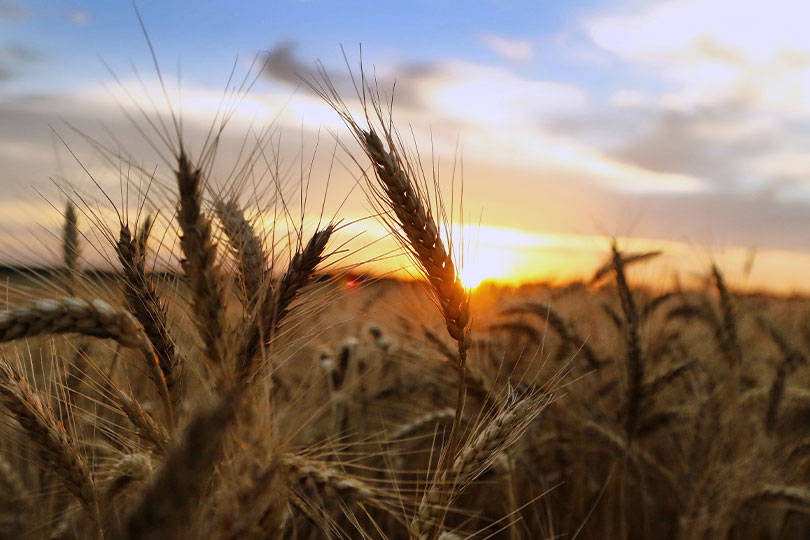By Jennifer Dorsett
Field Editor
Wheat is the most widely cultivated cereal crop in the world, and the most important source of protein, providing about 20 percent of human caloric intake globally. Production needs to increase 60 percent over the next 40 years to keep up with the projected increase in global population, according to the 10+ Genome Project.
Finding hardier varieties is central to meeting that challenge.
Now, through the 10+ Genome Project, researchers from Kansas State University (KSU) and nine other countries have completed genome sequencing of 15 wheat varieties, with the ultimate goal of characterizing the wheat “pan genome,” all genes and genetic variation within a single species.
“Our team was uniquely suited to represent U.S. wheat in this effort here in America’s breadbasket and as a land-grant institution with a strong history in wheat research,” said Jesse Poland, KSU associate professor and director of the Feed the Future Innovation Lab for Applied Wheat Genomics.
KSU, in collaboration with the International Wheat Genome Sequencing Consortium, published the first complete bread wheat variety, Chinese Spring, genome in 2018.
The 10+ Genome Project, led by the University of Saskatchewan, capitalized on KSU’s expertise on the subject and partnered with more than 95 scientists from universities and institutes in Australia, Canada, Germany, Israel, Japan, Mexico, Saudi Arabia, Switzerland, the U.K. and the U.S. to complete additional sequences.
This study is part of the overall effort to sequence thousands of wheat varieties and genetic material from relatives of wild wheat.
“It’s like finding the missing pieces for your favorite puzzle that you have been working on for decades,” Curtis Pozniak, the project leader and wheat breeder and director of the University of Saskatchewan Crop Development Centre, said. “By having many complete gene assemblies available, we can now help solve the huge puzzle that is the massive wheat pan-genome and usher in a new era for wheat discovery and breeding.”
Modern wheat cultivars carry many different genes for traits like increased yields and drought or disease resistance. According to the 10+ Genome Project website, sequencing multiple genomes allows the two components of the pan genome to be identified: the “core” and “dispensable” genomes.
The core genome contains genes common across all or most wheat, whereas the dispensable genome is comprised of genes that are present only in that cultivar or a subgroup of cultivars. By identifying the pan, core and dispensable genomes, researchers and wheat breeders can identify specific genes to use in improving wheat production and quality.
“Because of our collaboration in this project, we’ve had access to this phenomenal genomics resource as it’s been built, which has already led to tremendous discovery,” Poland said. “KSU plant genetics graduate student Emily Delorean is using data from the 10+ Genomes Project to develop a comprehensive analysis of important quality genes and develop better molecular breeding tools, which will have a huge impact on bread-making.”

